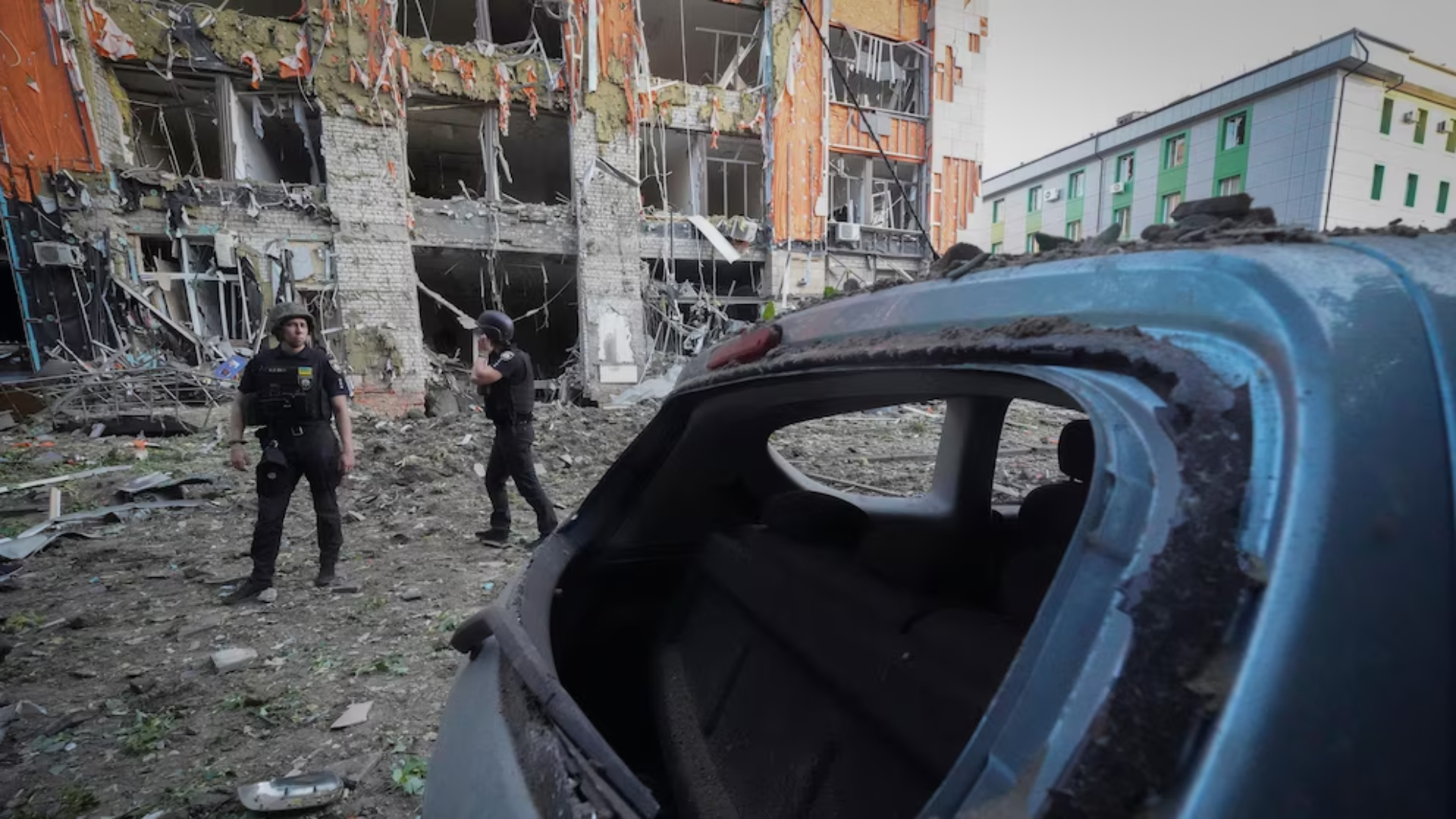Ukraine has reportedly reaped the first benefits of being permitted to strike Russian territory with Western weapons. This development follows announcements by France and Germany on May 26 and 27, allowing Ukraine to use their weapons against targets on Russian soil, in response to Russia’s new offensive against Kharkiv on May 10. On May 30, US sources indicated that the US was also allowing Ukraine to use its weapons “for counter-fire purposes in Kharkiv.”
Limited Permission from the US
The US authorization, however, was limited to retaliatory fire against positions from which attacks on Kharkiv had originated, rather than pre-emptive strikes based on intelligence. The Institute for the Study of War criticized this stance, suggesting that it missed an opportunity to deter Russian preparations for offensive operations into northern Ukraine. Ukrainian President Volodymyr Zelenskyy had recently reported concentrations of Russian troops north of Sumy.
First Strike With Western Weapons
Ukraine’s first declared strike on Russian soil with Western weapons occurred last Friday. The Ukrainian general staff announced an attack on the Kerch ferry crossing, using ATACMS missiles. This crossing, located on the Russian side of the Kerch Strait, is used to secure troop movements in Crimea. Ukraine claimed significant damage to two ferries and disruption of military logistics. This strike was not in the designated area near Kharkiv, as per US restrictions, highlighting potential misunderstandings regarding these limitations.
Ukraine’s subsequent strikes appeared to comply with the designated areas. Over the weekend, Ukraine targeted a Russian S-300 or S-400 air defense complex in Belgorod using HIMARS. Geolocated footage confirmed the destruction of two launchers and damage to a command post.
Differing Positions Among Allies
Germany’s ambassador to the UK reiterated that Ukraine could defend itself against attacks from bordering Russian territories but noted similar restrictions to those of the US. In contrast, the UK and France have not publicly announced such limitations. Denmark and the Netherlands have expressed no restrictions on using their F-16 fighter jets within Russian borders, unlike Belgium, which has prohibited its F-16s from targeting Russia due to economic concerns, particularly its diamond trade.
Nuclear Warnings and Ground Realities
Russian President Vladimir Putin responded to these developments with renewed nuclear threats, emphasizing Russia’s doctrine to use all means to protect its sovereignty. US National Security spokesman John Kirby downplayed the significance, noting Ukraine’s ongoing capability to shoot down Russian aircraft.
Escalating Ground Conflict
Ukraine’s military is bolstering defenses in Kharkiv, with Commander-in-Chief Oleksandr Syrskii stating reinforcements are being sent. The Khortytsia group reported significant Russian casualties in Chasiv Yar, though exact figures remain unverified. Ukraine’s Military Media Centre estimated substantial Russian losses over the past week, highlighting the continued intensity of the conflict.
Ukraine has leveraged its drone capabilities effectively, with reports of a Ukrainian drone downing two Russian drones, marking a new development in aerial combat. Domestically-built long-range drones have been used to target Russian assets, including a radar system in Crimea and an oil depot in Krasnodar Krai.
Russian Retaliation
In response, Russia launched a massive strike on Ukrainian power infrastructure, involving 47 drones and 53 missiles. Ukraine’s air force intercepted most of the attacks, but significant damage was reported to hydroelectric and thermal power stations.
This new phase of the conflict underscores the evolving strategies and the complexities of international military support in the Ukraine-Russia war.























